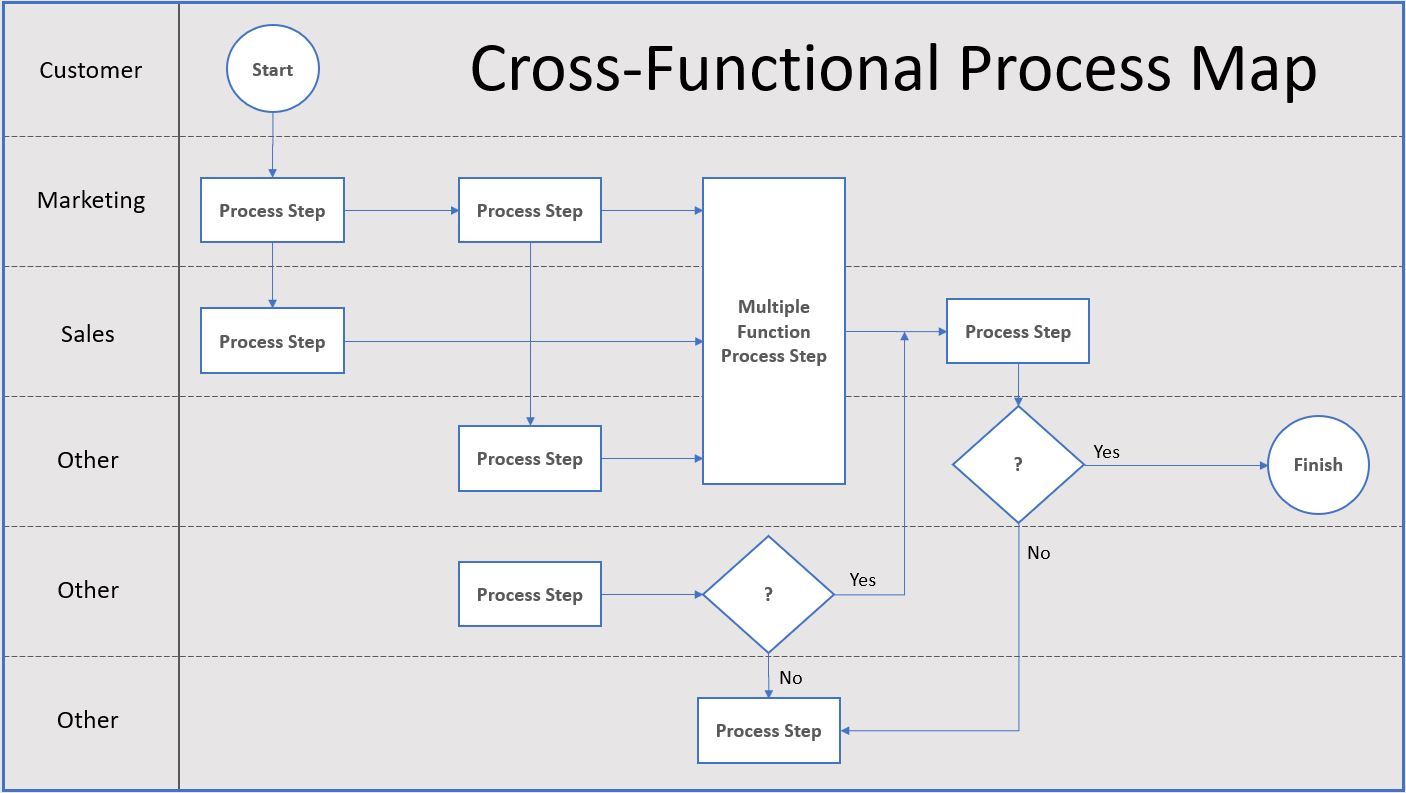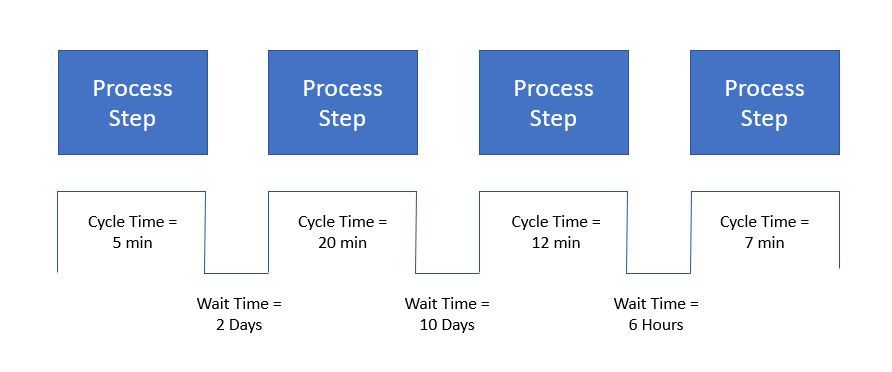How To Simplify Any Process
As businesses grow, processes must evolve as well. What worked last year or two years ago might not work as well now that business conditions have changed.
A business' ability to change with the market is key to its success...and this includes internal processes.
If you haven't looked at simplifying and/or improving your processes in the last few years, you're probably in one of two camps (excluding just not having the time):
You're not aware that something needs improvement/simplification, so you just keep going as usual.
OR
You know things could be simpler, but you just don't know what to do.
In this post we will lay out a very straightforward way to get better clarity around your current processes, identify key areas with unwanted complexity, and offer ways to simplify and improve the problem areas.
So let's break it down - simply.
3 Steps to Business Process Simplification
First: Define the current-state process (including process "disturbances")
Second: Estimate action times and wait times
Third: Identify complexity, simplify the complexity, and implement your future-state process
Sounds simple...right? Let's dig in!
The Process Map
It's been said that if you can't describe (in the form of a process map) what you/your business does then you don't truly have a handle on what you're doing.
This isn't saying you have to be an expert process mapper, but you do have to be able to describe the steps and decision points that take you from point A to B in your business process.
If it sounds intimidating, it's really not bad at all. You just need to take the time to break down what you already know about your process into discrete steps.
If needed, you can enlist the help of a facilitator who can guide the exercise, or for details around how to best map a process yourself, see this post.

Generic Example of a Cross-Functional Process Map
Reality Check
If you can't describe what your business does in the form of a process map, then you don't truly have a handle on what you're doing.
The detail to which you define your process will depend on how deep a simplification effort is needed, so don't get too wrapped up at the beginning with the amount of detail to include. Start at a comfortable level and then see if more detail is needed as problems are discovered.
For example, if you're mapping a cooking process you might include steps around cutting and prepping the ingredients but not go as far as to capture where to get the knife or cutting board (unless you already know there's a process disturbance around finding a clean knife to use). Make sense?
One warning though...don't be too quick to dismiss the importance of a process step and not capture it. Take the time to properly describe the complete set of steps.
During the mapping exercise, also be sure to capture all process "disturbances".
Process disturbances are those things that keep parts of the process from being ideal. They describe an issue surrounding some process step(s), and you call it out because you know it's a problem.
Using our cooking example, you might have steps to "Remove cooked
Food A from the large pot", "wash pot", "Cook food B in pot". A disturbance you immediately call out (because you already know it's a problem) is "only have 1 large pot".
You can just write these as comments in RED or on red sticky notes if you're mapping on the wall and then stick them near the process step(s) to which they are related.
These specific problems might not be obvious when just looking at process steps, but they certainly affect the effectiveness or efficiency of the process flow. These could be problems such as "must enter the same data in 2 systems", "only have 1 qualified forklift operator", or "no way to easily notify all team members".
Now, the goal is not necessarily to think up solutions for every disturbance, but we need to have the context of that disturbance within our process in order to eventually help determine needed improvement or simplification.
Action and Wait Cycle Times
After you fully map the process, now you need to see where the inefficiencies exist. The best way to do this is to define the cycle time for each step (i.e. how long does each step take) and any wait time between steps.
Do your best to define typical or representative times. Remember, this isn't an exercise to grade your process but rather to identify where improvements can be made.

Estimate cycle times of Actions and Time Between Actions
At the bottom of your process map (going left to right - assuming that's how you laid out your process), sequentially record the estimated times from start to finish.
If there are parallel processes, be sure to record times for each leg.
Don't forget to mark the wait times (between steps). You'll probably find that the majority of your overall cycle time is due to your wait times.
Sometimes you can't do much about wait time, but you're going to want to see how much it's affecting your throughput so you can address if at all possible.
Simplify the Complexity
Now comes the good stuff...time to make it better.
The great thing about Step 1 (mapping the process) is that the mapping exercise alone will reveal and highlight gaps and disturbances that may have previously gone unnoticed due to the "normalcy" of everyday work.
After finishing Step 1 you'll most likely already have a list of things that can be improved. But let's aim for some serious impact and identify the biggest efficiency-offenders in need of simplification.
The first places to look are the "bottlenecks", which are easily identified by the high process step times and wait times.
What's causing the high cycle times...is it the availability of information? A resource bandwidth limitation? Some other form of "do-loop" that repeats?
Sometimes the answer is obvious, and other times you must look at that problematic area of your process and be very specific with the investigative questions:

Always know the available inputs that feed a process section and the needed output
What are the needed inputs to those steps, and are they readily available?
What does the output need to be?
What causes any rework?
Is there another way to get to the desired output?
Are there serial steps that could be done in parallel?
Be careful not to stay entrenched in an existing paradigm. At the risk of sounding cliche', be sure to think outside the box, or at least be sure to think outside your process norm.
This is where having someone external to your business process take a look at your map and problem areas can help. He/she can look at it with fresh, unbiased eyes, so give them permission to be candid with things that simply don't make sense.
Brainstorm solutions. Put ideas on the table without filtering them. Then go through and evaluate the possibilities.
Repeat this solution-finding exercise on each problem area and disturbance based on your needs and priorities until you come up with your newly simplified, future state process map.
Once finalized, commit to the new process and enjoy your new-found productivity, quality, or improved outcomes!
Good work!!!

